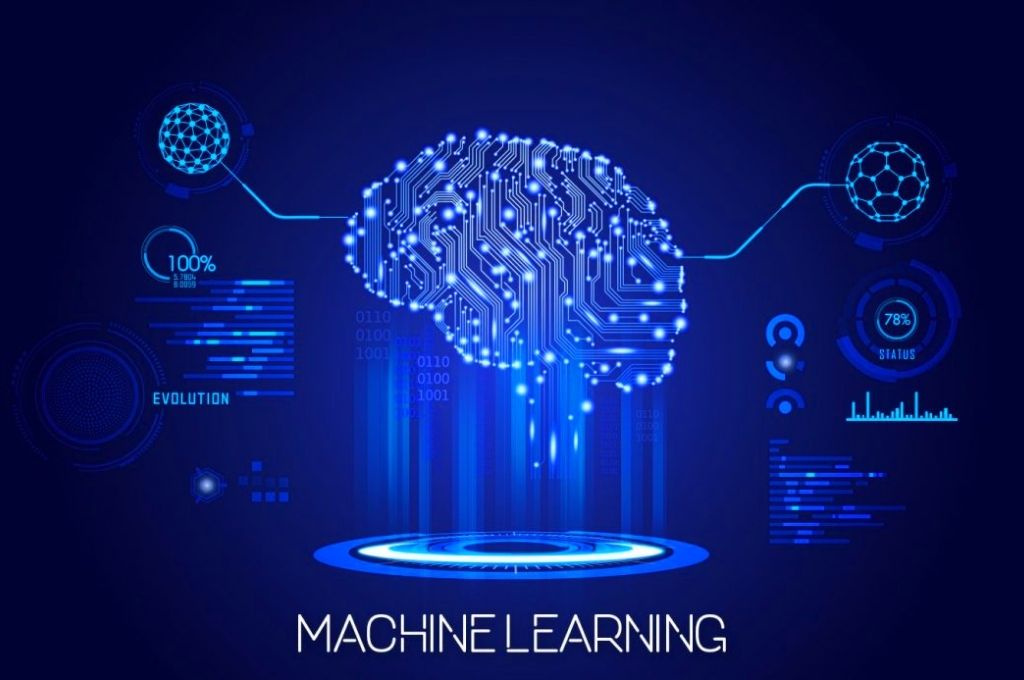Machine learning is becoming increasingly popular and is no longer only used by universities and research institutes. This topic now determines everyday life in many places, helps with complex problems, and provides solutions.
Intelligent machines use programs to learn from existing data and easily generalize what they have learned.
A practical example is the well-known voice control function on mobile phones, which is controlled by machine learning algorithms.
Today, companies increasingly recognize the value of machine learning if they want to optimize their business and save money.
What Is The Definition Of Machine Learning?
Machine learning is the ability of a computer to do useful things without having to program it specifically. More precisely, machine learning describes the acquisition of skills by an artificial system or machine, such as a PC, which learns know-how independently.
Like humans, these named systems independently create new knowledge from gained experience and can alone and effectively solve new and previously unknown problems. To ensure this, a complex computer program must analyze examples and then try to recognize and filter specific patterns and abnormalities with the help of the algorithms.
With this principle, the data should be intelligently networked with each other so that meaningful connections can be identified from which conclusions can be drawn to make predictions.
How Does It Happen?
Machine learning works in a very similar way to human knowledge.
Just as a child learns that different objects can be seen in a picture, a computer identifies specific things and even distinguishes between people. The program must first be fed with data and trained for the program to learn these steps.
For example, the system is told that one object is a cat, but another is not. The programmer accompanies the learning process of the intelligent program and provides feedback so that the algorithm effectively optimizes and adjusts the model.
What Are The Advantages Of Machine Learning, And What Are The Opportunities?
In practice, the application of machine learning offers many advantages and holds many opportunities.
It helps people work more efficiently and creatively. For example, it can be used to organize and edit images faster. The programs then complete tasks perceived as tedious or tiresome and thus achieve a faster result.
The advantage of this is that the intelligent and self-learning systems can relieve people of enormously complex tasks. This includes, for example, the identification of errors or error patterns or possible damage in production.
A great opportunity to further exploit the potential of machine learning is an area of application in medicine, where machine learning is used in early cancer detection. These systems can make rapid therapy recommendations, outperforming even the best human experts in the field. One of the main advantages of machine learning is its ability to process complex relationships between the input and output of large amounts of data.
How Is Machine Learning Different From Artificial Intelligence?
The terms machine learning and artificial intelligence are often compared. However, the assessment that machine learning and artificial intelligence are the same is incorrect.
It is essential to distinguish between these two areas and separate them from one another.t is a sub-area of artificial intelligence and is therefore subordinate to it.
Artificial intelligence is a sub-discipline within computer science that focuses on the complete automation of intelligent human behavior. Some subfields within artificial intelligence are knowledge-based systems, pattern recognition, robotics, natural language processing, and machine translation. It is currently one of the most successful sub-areas of artificial intelligence.
Why Is It So Popular?
Initial research in machine learning dates back to the 1980s when advances in pattern recognition were made. However, due to technical limitations, research stagnated for a long time afterward.
Machine learning only recently had a breakthrough when it became possible to process data-parallel in GPUs. With this technology developed for the video game industry, the graphics processors have thousands of computing units and are significantly faster than solutions with traditional CPUs.
Similar developments in this field are so-called multi-core architectures and optimized algorithms, making machine learning particularly attractive for the corporate sector. The emergence and access to large amounts of structured and unstructured data are further reasons for the increased importance of machine learning. An example of this is big data with various sources such as sensors, digitized documents, or images.
Also Read: The Twelve Most Common Cyber Threats – IT Security Threats At A Glance





